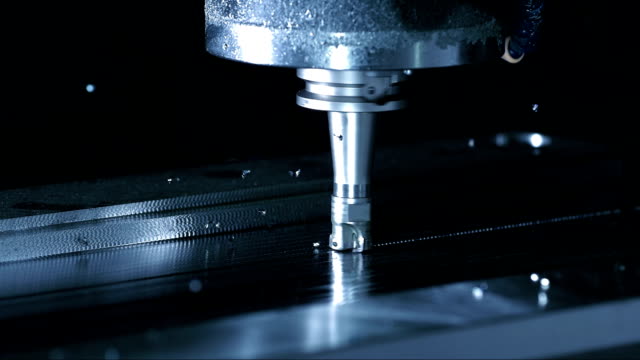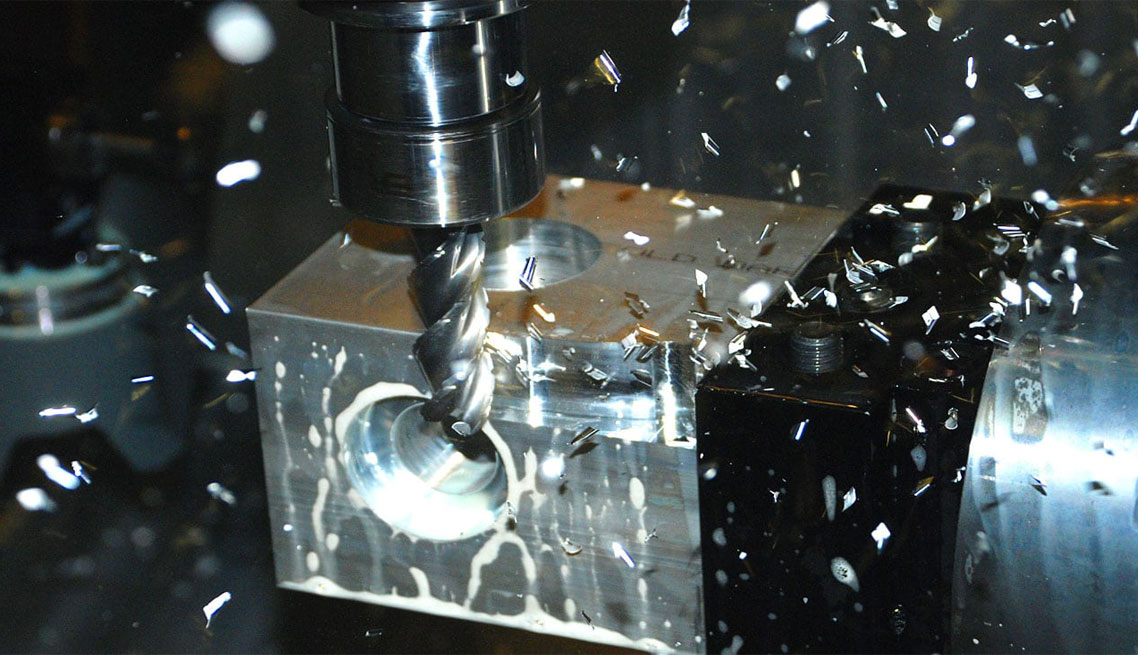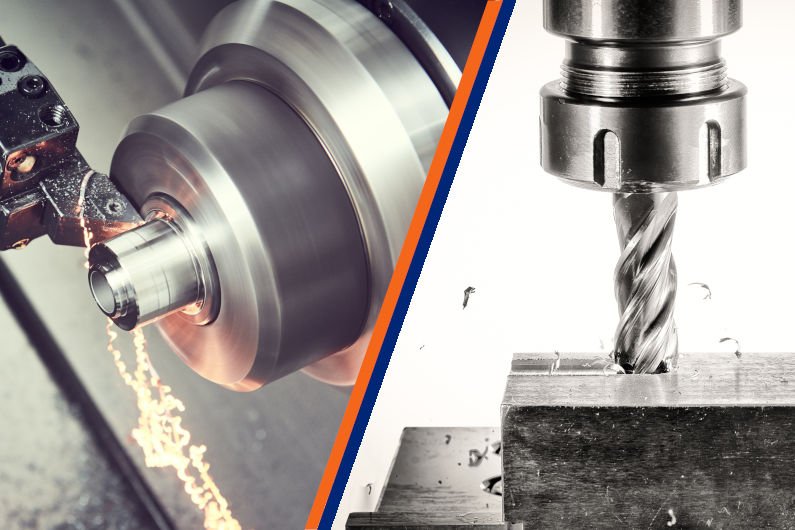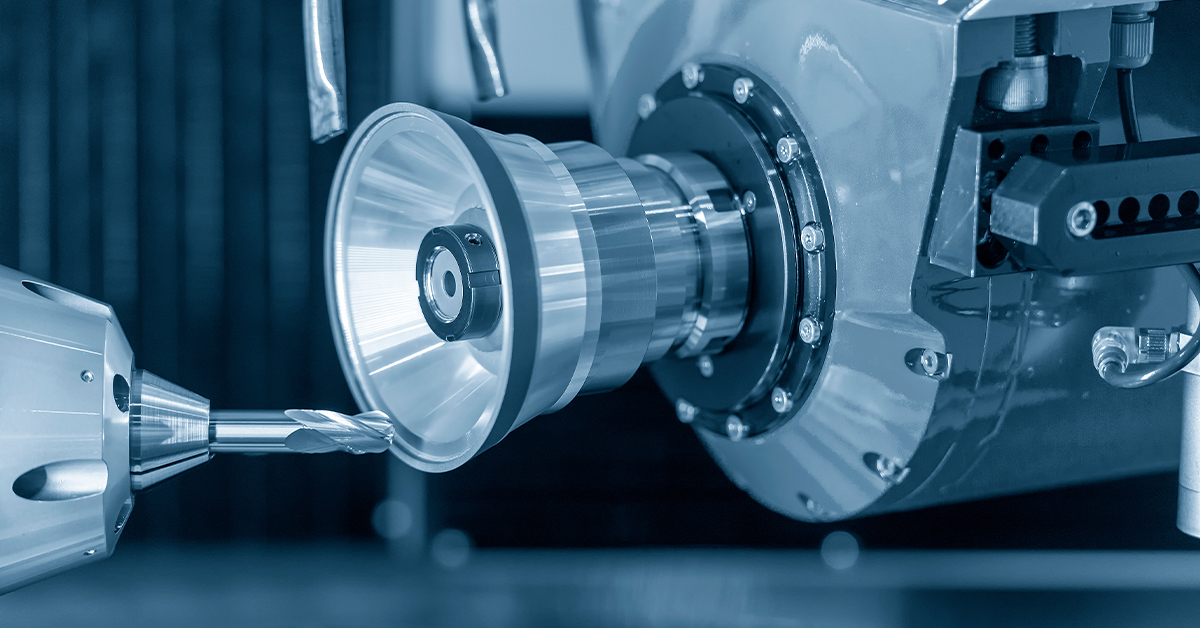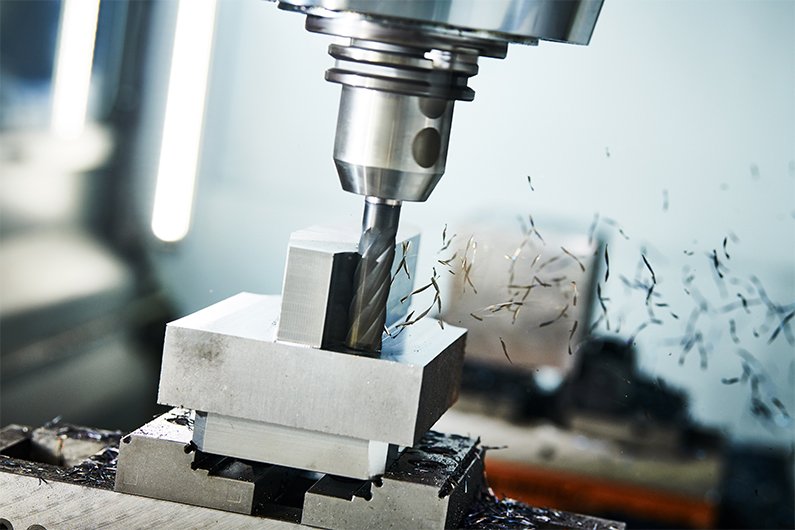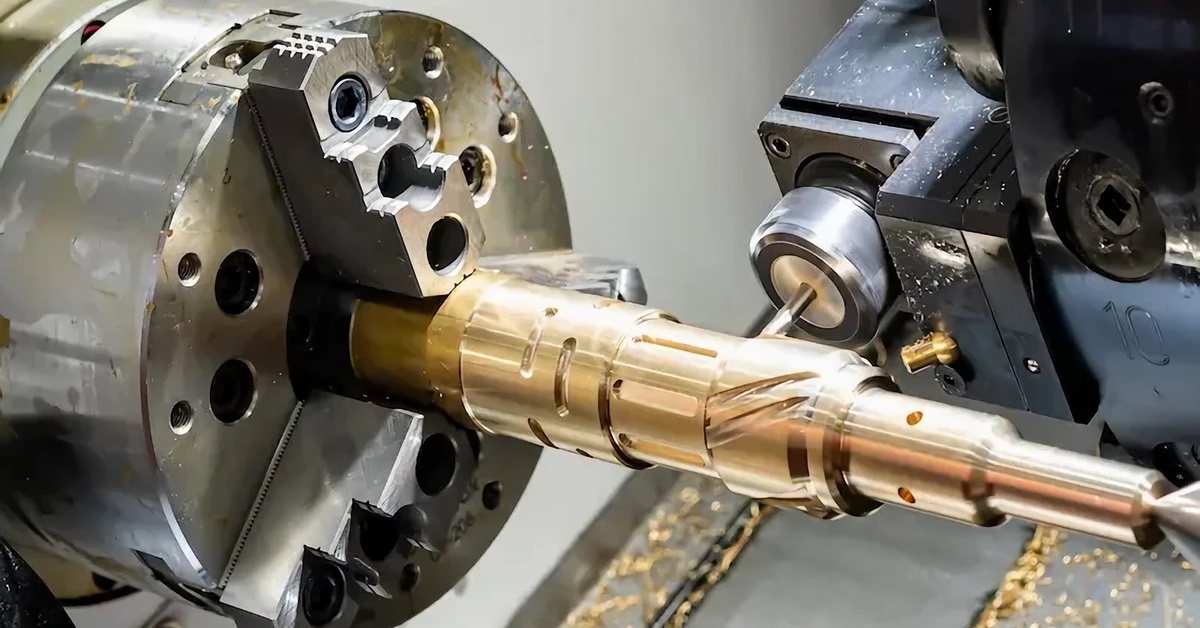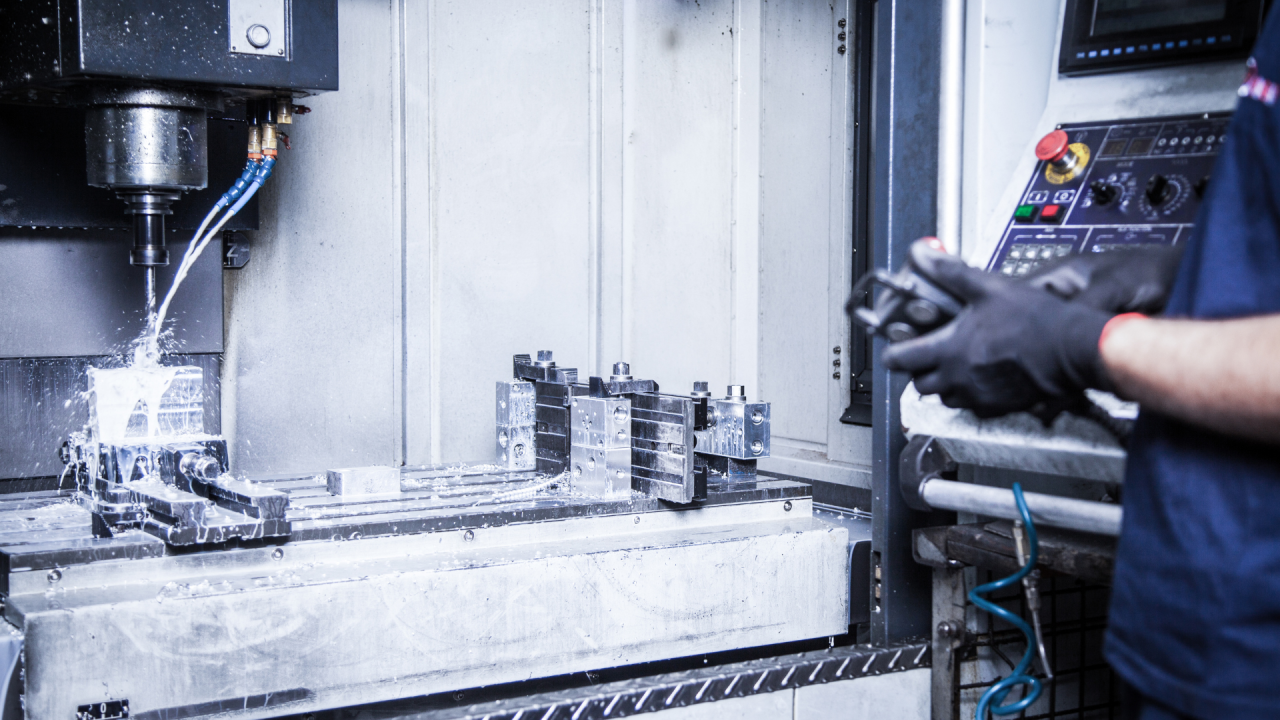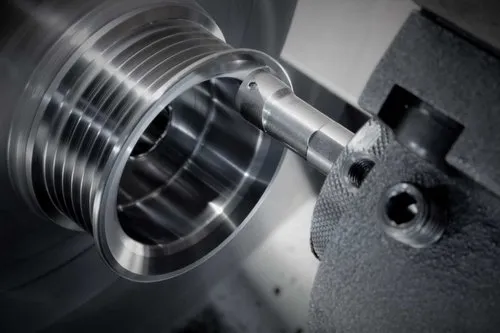Essential CNC Machinist skills: precision, math, practicality, problem-solving, and continuous learning pursuit.
Pay Close Attention to Details
Nominal Errors:
The most obvious way that machinists are precise is through the tight tolerance limits that they are held to. Many part drawings specify tolerances of +/-.002 inches. If a CNC machinist sets up a part out of these limits, the piece will either be unusable or even dangerous.
Programming:
As critical as machinists are when it comes to the dimensions of the parts they create, they also have to be equal so when programming machines. Each line of code is written exactly with the intended outcome in mind when cne g-codes are wrong the machine will have a hard time cutting the work piece and the job will be scrapped.
Inspecting Parts:
Even before and after parts are machined on a lathe, the operator needs to be precise when their inspection. As obvious as turning a caliper may seem to read on a scale, a reliable machinist also has to have a keen eye to detect bends in a tool or burrs left in the unfinished piece.
Maintaining Tools:
Precision also plays a part in safeguarding the various tools used by the machinist. Whether the cutting edges of drills and end mills are kept clean, burr-free, clear and sharp is often a matter of proper attention to detail that, if not paid enough attention to can wear out too quickly.
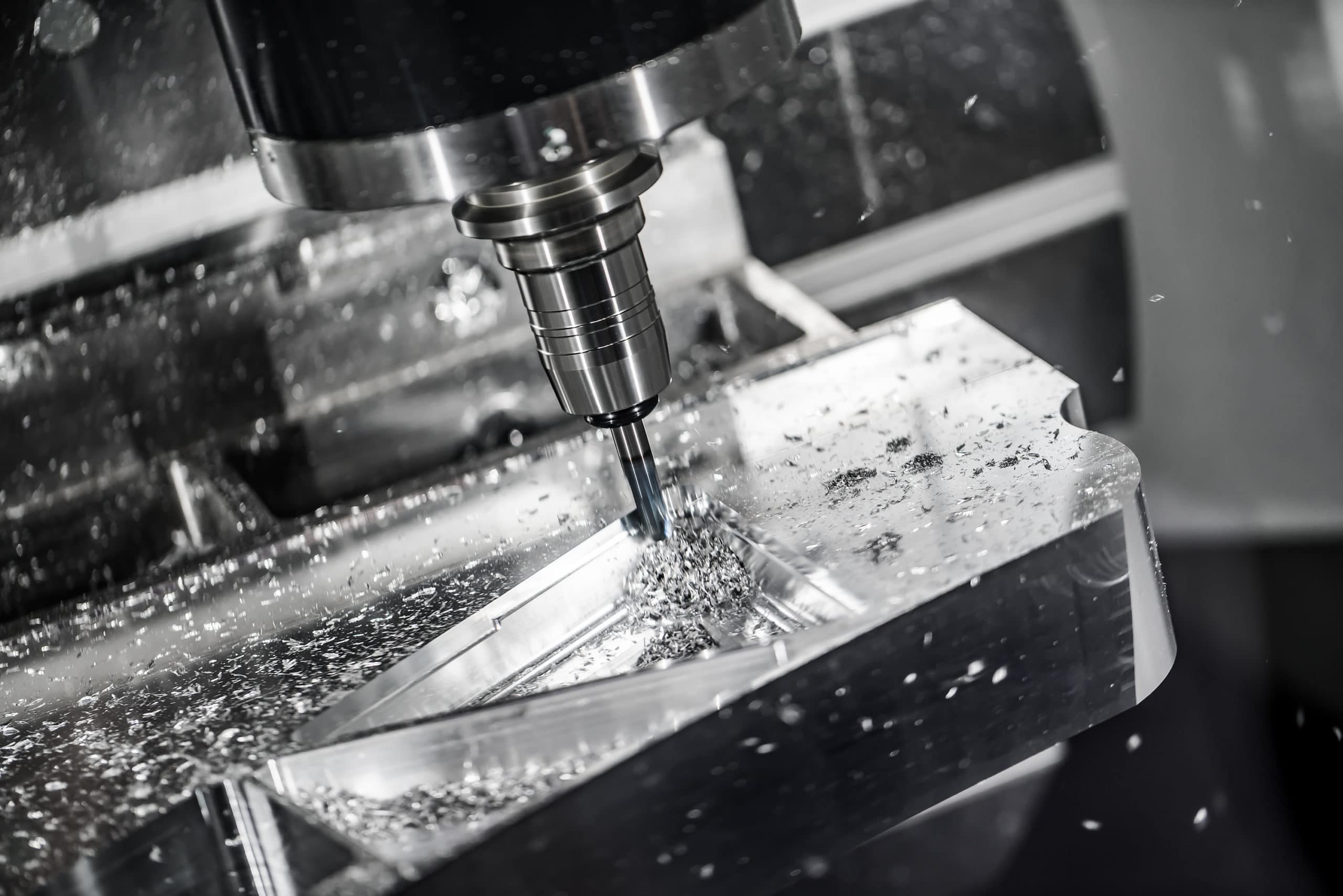
IT and Math Skills
CAD/CAM Software Proficiency
To generate the machine code and create accurate tool paths, CNC machinists frequently use computer-aided design and computer-aided manufacturing software. Once machinists are experts in mastering SolidWorks or AutoCAD, they are likely to model parts accurately and simulate the machining process.
Mathematical Skills
In CNC machining, math and measurements are inextricable. Machines learn a lot from the knowledge of geometry, trigonometry, and algebra when calculating tool paths, speeds, feeds, and dimensional tolerances. For example, calculating the inclination at which the tool must be placed to obtain the desired angles during machining has a lot of calculations based on trigonometric functions. Machinists, in this case, must have a clear depth of angles to operate the machine properly.
Blueprints and Schematics
CNC Machinists will sometimes work with complex blueprints and engineering drawings similar to schematics and understand them carefully. To define geometric dimensions and tolerances GD&T, they should identify the key features and information on those prints. Cropped machinists mostly need math skills to translate these details into their machines and locate a part exactly where it is.
IT Skills
To troubleshoot CNC machines, it is important to have information technology skills. To monitor the health of a device and fix the error, the machinist should use the computer user interface. These IT skills are critical in controlling machines and on-the-go applications, as well as for updating machine parameters and checking new algorithms.
Lifelong learning
Due to extensive maintenance requirements of both mathematics and IT in the field of CNC machining, these two skills are subject to regular fine-tuning and improvement to acquire new skills at such training courses, workshops, and seminars that regularly update IT software to keep machinists at the forefront of the IT industry.
Practical Ability
Setup and Operation of Machine
CNC machinists require to show excellent practical ability in set up and operation of machines. Practical ability includes securing workpieces, loading tools, and entering parameters of the machine to execute the feed of particular parts. For instance, the set up of CNC lathe machine includes mounting the workpiece on the chuck and aligning the tool with the workpiece. Further the machinist install the tool and adjust its parameters such as spindle speed and feed rate.
Selection and Handling of Material
Practical ability extends to selection and handling of material. Machinists require comprehensive understanding of the engineering properties and characteristics of materials to select the suitable cutting tools and parameters of the machine. For example, the turning of aluminum requires different speeds and feeds compared to machining steel because of different mechanical properties and thermal conductivity.
Fixture design and fabrication
Understanding of fixture design and fabrication is important to enhance the precision in machining. The CNC machinist should infer part geometry and implement the calculations to determine the forces produced by the machine and appropriate design of fixtures. The machinist should further select suitable material to develop fixtures and perform fabrication according to the design illustration.
Quality Control and Inspection
In a similar manner, practical ability is required to perform quality control and inspection of parts. Machinists use various precision instruments and tools such as micrometer, calipers, and comparator to measure the dimensions and tolerance of parts. The machinist inspects the surfaces of parts for signs of burrs, chatter marks, or other machining imperfections.
Compliance with safety and hazard assessments
Safety in the workplace is another example manifestation of practical ability. Machinists require demonstrating the ability to perform hazard assessment and control regarding CNC machining. The machinists should familiarize with operation manual of machines and wear proper PPE. The machinist should also make sure the machine guards are secured with screws before performing any operation on machine.
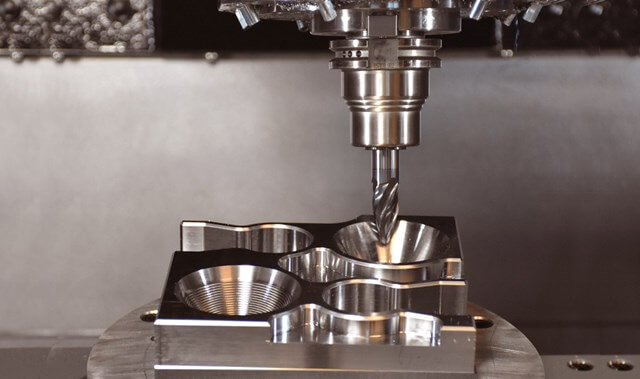
Problem-solving Skills
Diagnostic troubleshooting
A CNC machinist is a technical expert with exceptional problem-solving skills. Frequent problems in CNC machining can be used as an example: when a CNC milling machine starts producing parts beyond their spec, a machinist has to diagnose what causes this issue: dull tools, machine misalignment, wrong toolpath assigned or something else.
Root cause analysis
When troubleshooting, specialists always conduct an awful of cause analysis to understand which factor causes these frequent failures. In CNC machining, this can be examining machine logs, tools wear patterns, and cutting parameters. If a CNC lathe starts producing parts with too rough a surface finish, a machinist may analyze data to find out that the tools are incorrectly chosen, or their cutting speed is too high.
Adaptation to changing conditions
A CNC machinist has to tackle problems and improvise. Cutting chatter on a CNC router can be used as an example: if it happens, one can lower RPM, or feed slower, or experiment with different cutting tools or bits.
Collaboration
Not all the problems we have to solve on our own. In a CNC machining workshop, a machinist can consult with an engineering team, with a tooling specialist, or with a maintenance technician to help aggregate the knowledge, consider the problem from different perspectives, and propose a solution.
Continuous improvement
Problem-tackling skills can be sharpened not only with experience but with a mindset as well. A machinist continuously learns either from personal mistakes or from the experience of others, he analyzes the challenges he gets, and always thinks about what can be done to avoid such issues in the future. Thus, a CNC machining workspace can be continually improved, with innovations implemented and changes made.
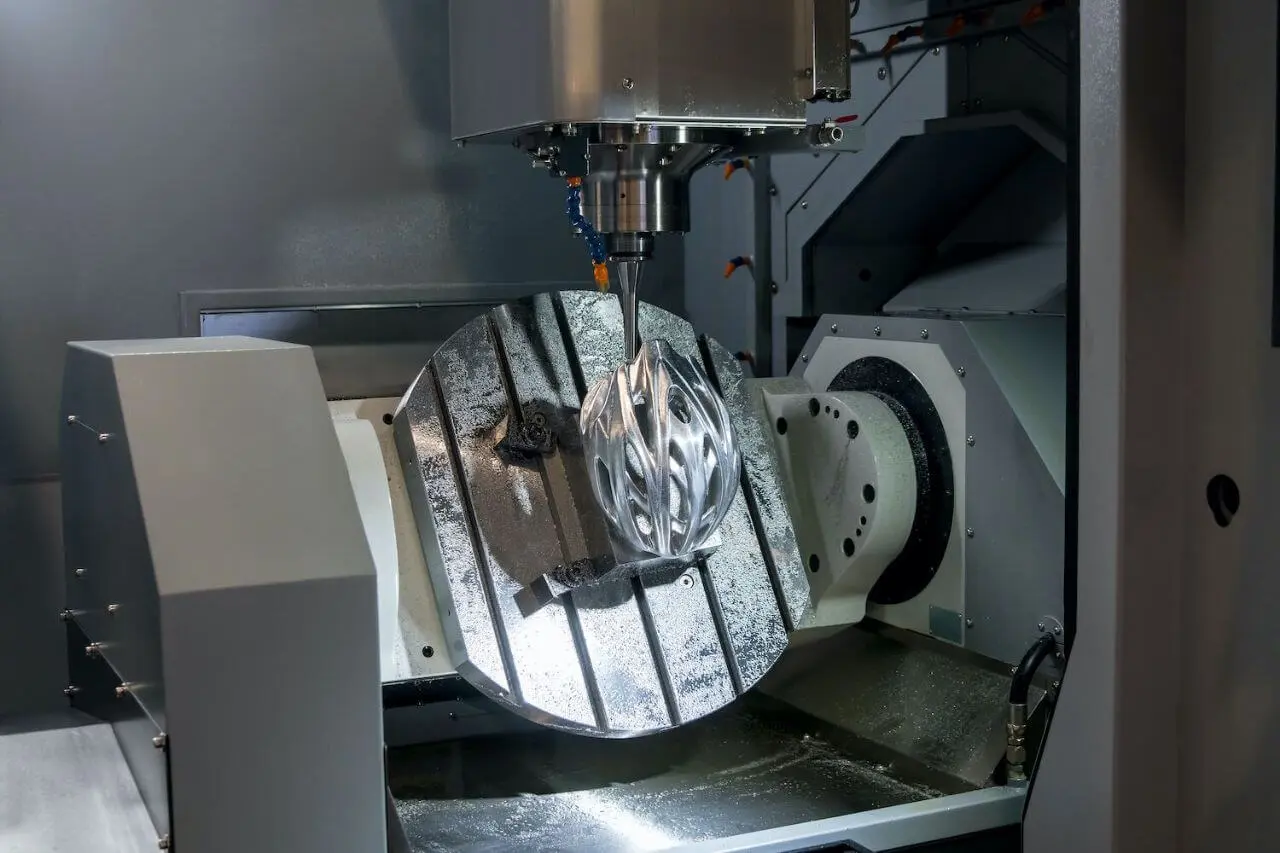
Desire to Gain Expertise
A Fundamental Skill
CNC machinists’ basic skill is the relentless desire to gain mastery in their field. A desire for expert skills insinuates seeking learning opportunities. Technical and related training programs, workshops, and industrial seminars provide tremendous updates and knowledge acquisition of CNC technologies, machining equipment, and techniques. An example of the learning program is taking advanced machining classes for a CNC machinist to learn more about multi-axis machining and complex surface finishing. Such a learning attitude cultivates the technicians to positively seek and quickly learn new strategies and skills in CNC operations.
Tendency to Learn the Technique and Mastery of a Niche
Occasionally a desire to be an expert is the willingness to learn the technique and gaining master status in a niche. The quest to be a master in a specific niche of the operations, whether it is mastering CNC turning, multi-axis machining, high-speed milling, precision grinding, Swiss style machining, or finishing quality of the parts in the machines drives the technicians’ desire for mastering. The more the technicians focus on their ways, the more highly valuable they become in their field. Specialized skills in profile grinding, jig grinding, or centerless grinding are essential in making the technicians vital persons who cannot be replaced in the field. Gaining authenticity as an expert in the field leads to getting the courage to give professional advice and mentorship to other lower technicians.
Mentorship Leveled Programs
Older and experienced CNC machinists in their respective workstations form mentorship programs or on-site training championships to boost the willingness for learning in the novice technicians. Taking another example, a CNC programmer or machinist might be an expert in SolidWorks CAD programmable operations but a newbie in real machine operations. The older machinist might sit with the newbie and exercise power programming techniques or troubleshooting to program actual machine tools. The technique contrasts with the SolidWorks CAM for machines. Over time, the young technician gets into the comfort levels of adequate learning due to the mentorship from the experienced technician.
Pride in Craftsmanship
A CNC machinist’s soul is pride in product crafting, which has a roll over effect of engendering a desire for learning. Producing machined part with pocket prints dimensions, +/-0.0025mmitis with a span of +/-0.0020mmitis with a bottom pocket of.02mmis and bottom step of.04mm. takes fans to level of mastering the art. Besides, making sculptures of.03well x. 02 wide with a height of.03 in enameling or turning tools motivates the craftsmen in the industrial sector. It is inherent for CNC machinists to treasure challenging technical products and produce high-quality products beyond customer’s imagination.
Career and Professional Growth
Endeavor to advance career and professional growth are other inherent CNC machinists’ motivation to gain expertise. Through such class-learning, machinists, aspire to climb the career leader of company executives or possibly opening their machining shops. sourceMappingURL

